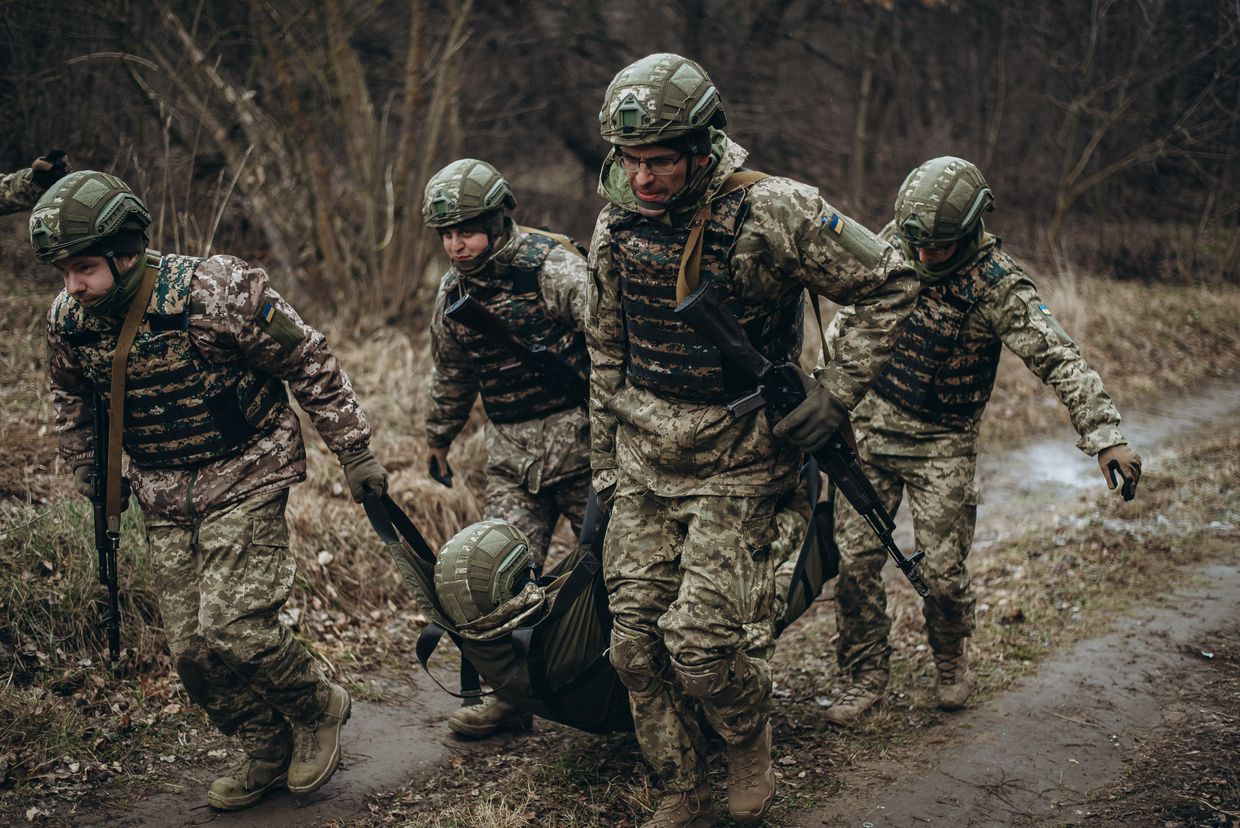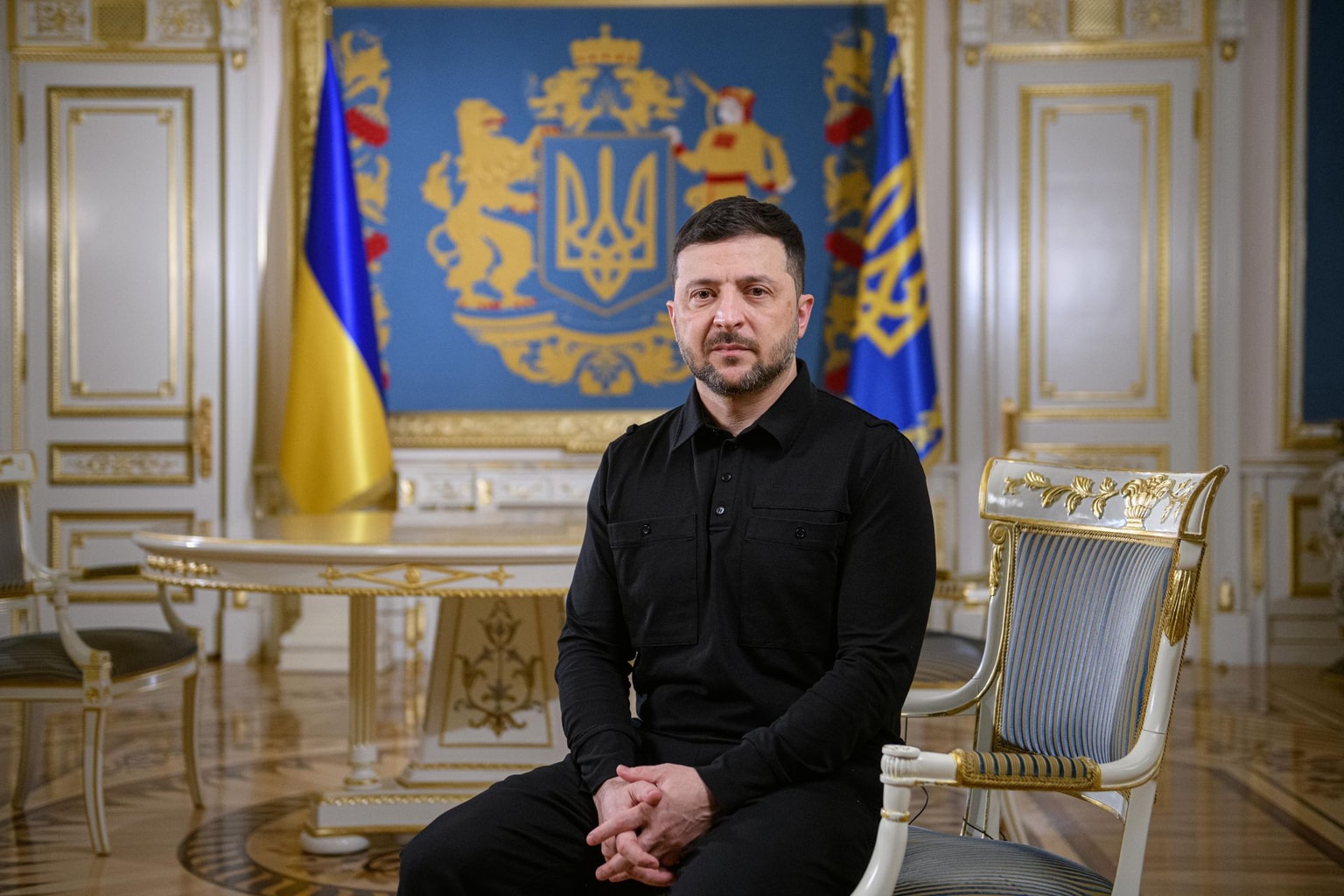
Europe needs plans A, B, and C for Trump and Russia
As Trump stumbles on Ukraine, Europe must prepare with plans A, B, and C for its security.
Then-Republican presidential nominee and current U.S. President-elect Donald Trump gestures to the crowd as he concludes a campaign rally on Oct. 19, 2024, in Latrobe, Pennsylvania. (Win McNamee/Getty Images)
Listening to the confirmation hearings of U.S. President-elect Donald Trump's various appointees in Congress this week, it's becoming clear there is no meaningful grand plan from Trump to end the war in Ukraine quickly. In fact, Trump, along with figures like Keith Kellogg, the incoming Ukraine envoy, has backtracked from claiming the war could be ended in days — around the time of the inauguration — to acknowledging it may take months. This suggests they are still searching for a strategy.
There is a genuine desire to end the war, as Trump says, to "stop the killing" and reduce the U.S. budget burden. For some hardline MAGA China hawks (such as former White House chief strategic Steve Bannon), there's also a desire to strike a deal with Russian President Vladimir Putin, possibly in a Nixonian way, realigning for an eventual confrontation with China. These hawks often envision a world where the West and Russia form a Judeo-Christian alliance against China’s non-believers.
For Trump, the solution seems simplistic: give Putin some “wins” — allowing him to keep the territories he holds, blocking NATO membership for Ukraine, restricting Ukraine's use of Western long-range missiles, and moderating sanctions. In return, Trump believes Putin would halt the war. The assumption here is that Ukraine’s victory would simply be Putin halting offensive military actions.
This is naive. It overlooks Ukraine’s security, which is central to both its stability and Europe’s security.
Trump’s recent comments about territorial claims on Canada, Greenland, and the Panama Canal suggest he shares Putin’s long-held view that great powers deserve “spheres of influence.” This could indicate that Trump might even entertain a "Yalta 2" scenario, where Putin gets Ukraine, and Trump gains Canada, Greenland, and the Panama Canal. The question remains — would Chinese President Xi Jinping be invited to the table, and what would he get?
"Trump’s recent comments about territorial claims on Canada, Greenland, and the Panama Canal suggest he shares Putin’s long-held view that great powers deserve 'spheres of influence.'"
The issue from the perspective of long-term Putin watchers is that such a deal wouldn’t satisfy Putin. He would take everything Trump offers, then push for more. This is the pattern of all Putin’s conflicts, from Georgia to Moldova, Ukraine, Syria, and Libya. For Putin, it’s not just about territory — it's about eradicating the very system of Western liberal market democracy.
Putin's invasion of Ukraine wasn’t about NATO membership — an unrealistic prospect in 2014. It was about the threat posed by Ukraine’s shift from a Russian client state under then-Ukrainian President Viktor Yanukovych to a potential member of the Western club of liberal market democracies with the 2013 EU association agreement. Putin feared that if Ukraine succeeded in adopting a democratic, rules-based order, Russians would demand the same, threatening his own rule. It is democracy, not NATO, that Putin despises. He’s in an existential battle with the West — it’s kill or be killed. Trump simply doesn’t understand this, or doesn’t care.
Putin will not stop at a “Yalta 2.” He seeks total victory over the West.
What Trump doesn’t grasp is that unless any peace deal ensures Ukraine’s security from future attack, Putin will inevitably use any perceived weakness as an excuse for further military invasions. This reality means Ukraine won’t receive the investment necessary for its economic development. Without this, Ukraine risks repeating the 22 years of failed economic progress between 1991 and 2013, a period when it remained caught between East and West without a clear anchor, leading to social and political instability.

Ask why Ukraine had two revolutions in 2004-2005 and again in 2014. History will surely repeat itself if millions of soldiers and migrants return to disappointment, leading to further instability that Putin could exploit, either to influence Ukrainian politics or justify future invasions.
Trump isn’t going to provide the leadership Ukraine or European security needs. Yes, his call for European partners to boost defense spending to 5% of GDP is a bold one, but because Trump will likely fail in his peace plan for Ukraine, Europe must take the lead — and perhaps should have done so already. Europe needs Plans A, B, and C.
"Europe needs Plans A, B, and C."
Plan A: Educate Trump about the importance of securing a lasting peace for Ukraine.
The pitch to Trump should focus on his aversion to failure. He must be told that if Ukraine lacks the security to fend off Putin, it could collapse entirely. This would be devastating for Europe, as millions of migrants would move westward, destabilizing European economies and their social fabric. A weakened Europe would become a reduced market for U.S. goods and a less valuable long-term ally in the looming battle with China. All this would happen on Trump’s watch — it would make Biden’s failure in Afghanistan look like a sideshow.
Plan B: Emphasize how ensuring Ukraine’s security could benefit the U.S. economy.
Ukraine has proven capable of defending itself but could have already won the war with timely, well-supplied Western — mainly U.S. — military support. NATO membership and bilateral security agreements are desirable but unlikely given the politics. Better for Ukraine to trust in its own defense, provided it is assured the necessary military technology and kit will be delivered. The U.S. defense industry is the only one capable of supplying these. Europe, a $26 trillion economy, is more than capable of funding this effort — likely around $150 billion annually, a modest price considering that each 1% increase in NATO spending, due to the Russian threat, costs Europe $250 billion per year.
Europe could even fund increased defense spending by unlocking $330 billion in frozen Russian assets, dedicating a significant portion to purchasing U.S. military equipment.
Europe should also play to Trump’s ego. Pledge a ten-year, $1 trillion European-Ukrainian U.S. defense purchasing program, naming it the "Trump Defense of Democracy in Europe" program — a modern-day Marshall Plan.
Plan C: Prepare for Trump’s potential failure and a bad peace deal that could lead to Ukraine’s eventual defeat.
If this occurs, Europe must step up financial and arms supplies to Ukraine, buying time to ramp up its own defense capacity to 4-5% of GDP. At the same time, Europe should maintain sanctions against Russia, regardless of U.S. actions. If the U.S. doesn’t provide support, Europe should explore diplomatic, economic, and security ties with other powers like Turkey and even China. Though China poses a strategic threat to the U.S., for Europe, Russia remains the primary concern.











